July 31, 2020
His Story
PARIS to ROME 1535- 1556
Ignatius and his companions join together to make their vows before the Lord on the feast of Our Lady’s Assumption, August 15 1534. They promised poverty and chastity and that they would make a pilgrimage and mission to the Holy Land after they had finished their studies in Paris.
In 1535 all will be finished. It was agreed that Ignatius should return to Spain for some time to recover his health. He stayed in the small village near the Casa Loyola but he did not live there. He stayed at a hospital for the poor. There he taught catechism to the children and engaged in spiritual conversation and advice to others who would come. After some time he left for Venice to join his companions there and to prepare for the pilgrimage to Jerusalem.
It was their agreement they would stay up to one year in Venice hoping to get a ship to bring them to the Holy Land. If their pilgrimage could not be accomplished, they would go to Rome and offer themselves in the service of the Holy Father.
As they waited they continued some private theological studies and with all ordained priests and, with the exception of Ignatius, offered their first Thanksgiving Mass.
They undertook street preaching to whoever would listen and ministered to poor persons in the hospitals. For a short time they dispersed to nearby towns for mission work and then returned again together to share their experiences. It was a special habit of theirs to have regular conversations about their apostolate’s spirituality and other matters as often as possible.
This gave them great strength and insight for their present efforts and the life that would follow.
That year there was no pilgrim ship to Jerusalem. And so in 1537 as agreed, they set out for Rome to be in the service of the Pope. At the small village of La Storta quite near Rome, Ignatius entered a small chapel. While in prayer he had another great vision much determining the future of the companions. He saw God the Father together with his Son Jesus who was carrying his cross. Ignatius experienced that God commended him and his companions to the service of Jesus. And Jesus spoke to Ignatius saying that he would be favorable to him in Rome. What this meant was not clear, but Ignatius was at peace and the event would later influence the choice of the name that they would give to their companionship.
When they arrived in Rome they presented themselves to Pope Paul III. The Pope was pleased with Ignatius and his companions. But there were others who had heard of events in Spain and Paris and so were wary of them. An investigation was carried out and all was settled to the benefit of the companions.
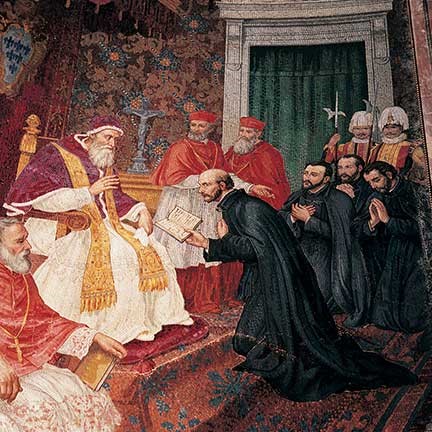
After prayer, discernment and conversation , the companions petitioned the Pope that they be a new order in theChurch. A number in the popes circle opposed this, but in September 1540, Paul III issued a papal bull approving of the Society of Jesus.
Previous to the above, on Christmas 1538 Ignatius offered his first Holy Mass at the Bethlehem Chapel of the church of St. Mary Major in Rome. Also, noteworthy to mention, before the papal bull was issued, Francis Xavier was sent to the Far East and India for missionary work in March 1540. He would be the first of the early Jesuits to go to foreign lands.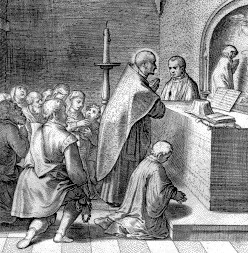
During his early years in Rome, Ignatius offered the spiritual exercises to a number of people in important positions in Church governance. He and the companions undertook much charitable work among the poor and those in hospitals. They also set up a residence for women who needed protection or desired to lead a new life. Teaching catechism to children was an important part of their early ministry. Many laypersons were part of these apostolates for others.
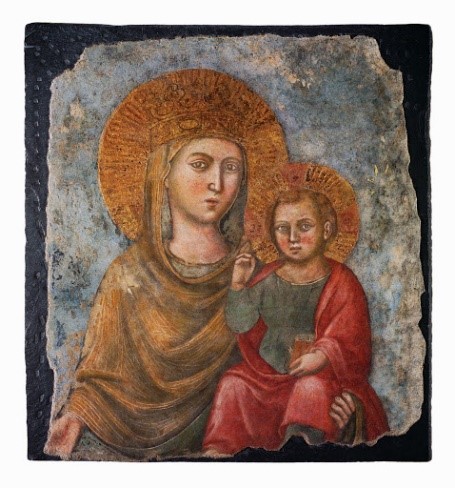
It was early in the societies existence that it was asked to take care of the church of Madonna de la Strada.
Over the years to follow, Ignatius would spend much time in writing the constitutions of this new society. He was also engaged in much written communications with others especially concerning the governance of Jesuits and general spiritual advice for others. He was often in dialogue with Church leaders.The constitutions were finished in 1551, but Ignatius had already been chosen to be the superior of the order as early is 1541. In the early 1550s he was persuaded to write his autobiography. He did this with hesitation. Aided by his secretary, he was able to complete the task over the next few years.
Ignatius died peacefully on the morning of July 31, 1556. His was a life of great strength –originally for himself and his personal glory –and then fully spent for the greater glory Of God. Amen!
Reflection and Prayer
For this St. Ignatius Feast Day –
I offer for prayer a beautiful Novena to St. Ignatius.
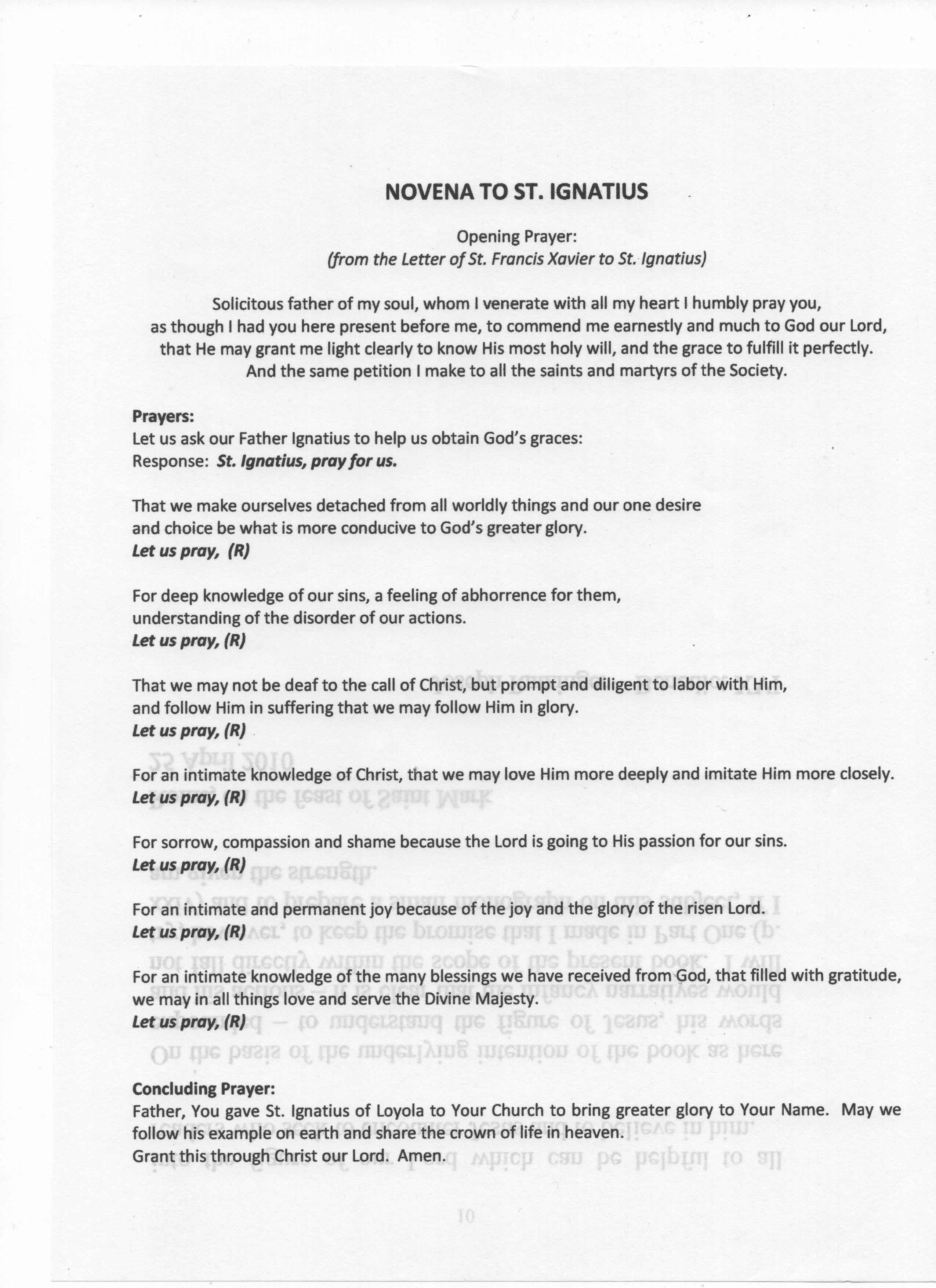
Prayers for yourself and for the Jesuits.
Thank You –
Father Bill Kreutz, SJ
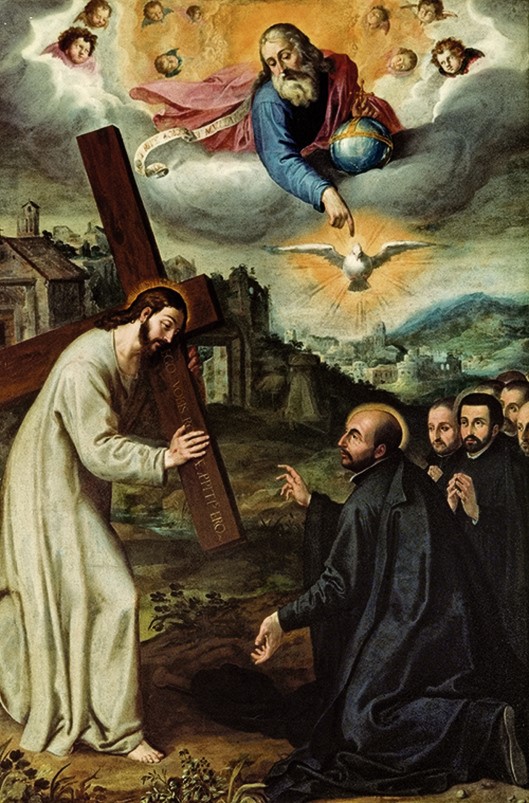
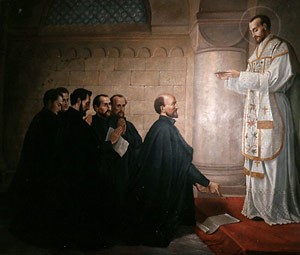
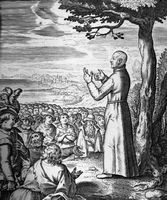
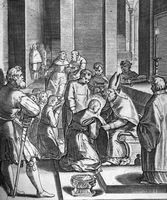
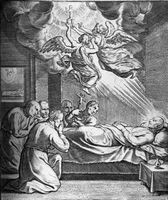



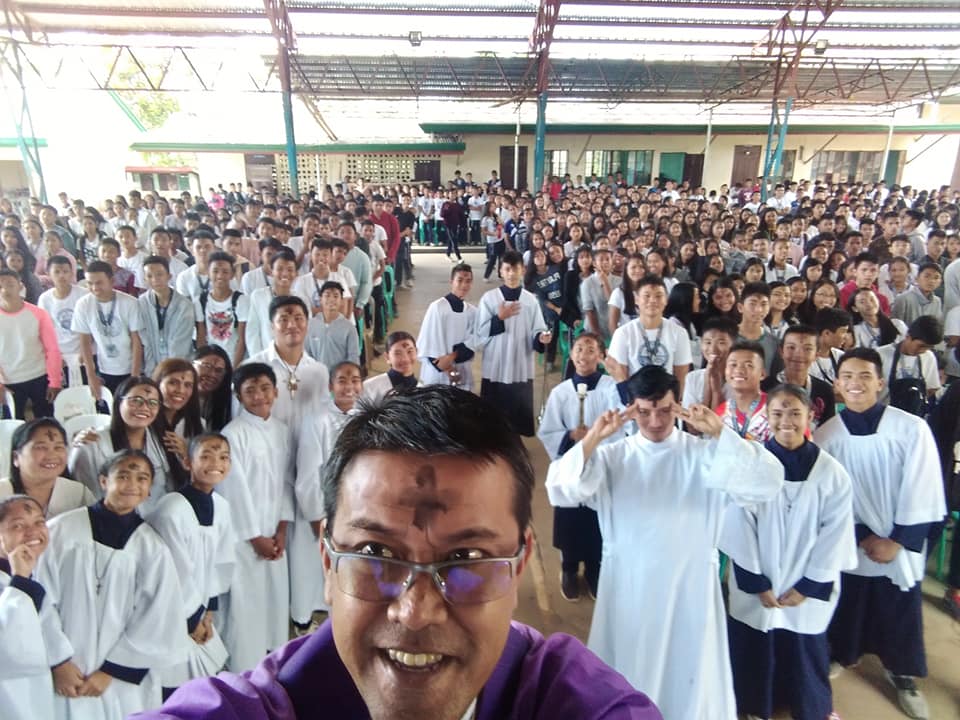
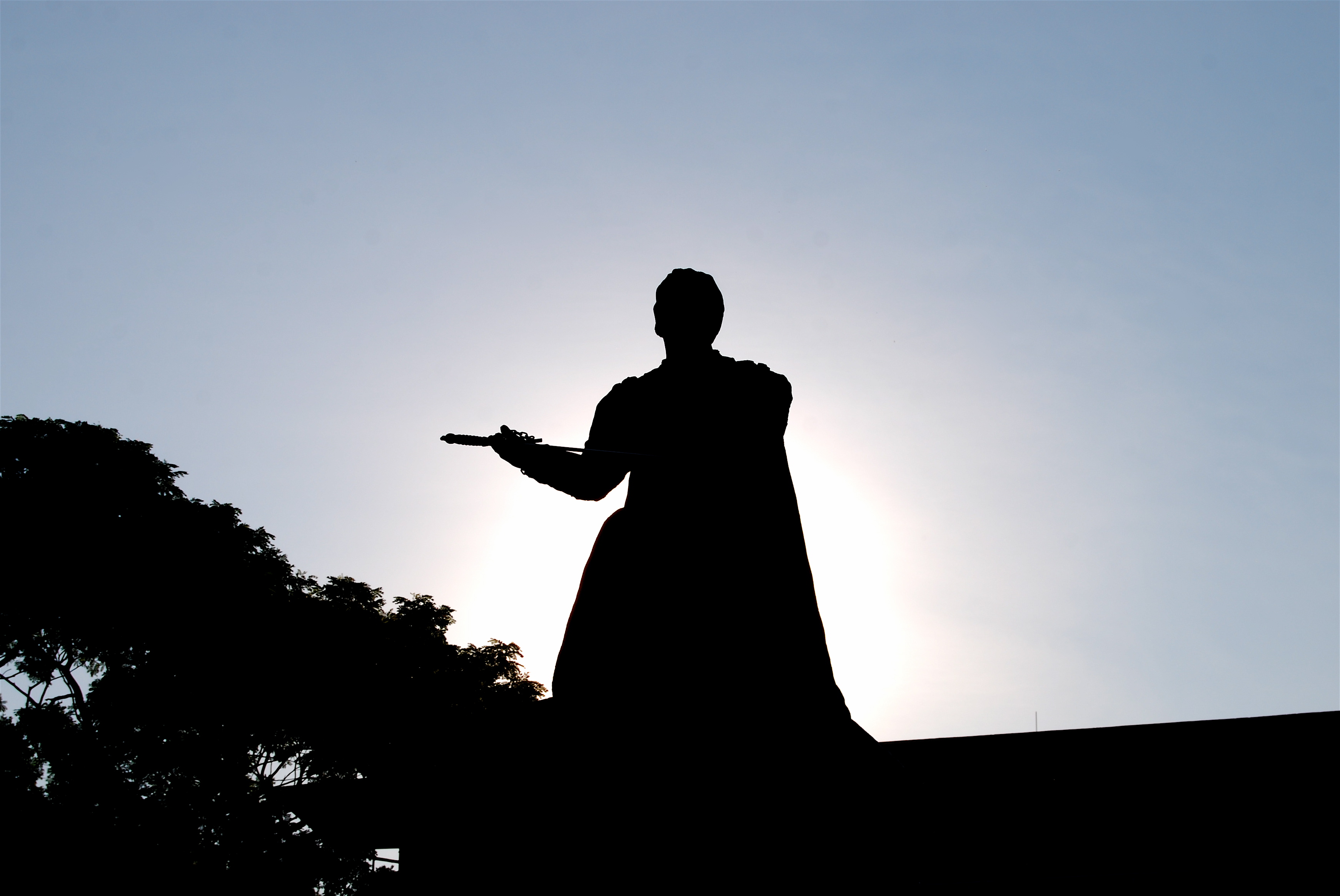
 Prayer becomes a one-sided monologue when we always think of formulations, petitions or thanksgiving. True prayer is silencing the self to listen and learn from God. Our prayers are too scripted and wordy. We focus on our efforts rather than on God’s action. Anthony de Mello said, “The final barrier between us and God is our concept of God . . . Where the self is, God is not.”
Prayer becomes a one-sided monologue when we always think of formulations, petitions or thanksgiving. True prayer is silencing the self to listen and learn from God. Our prayers are too scripted and wordy. We focus on our efforts rather than on God’s action. Anthony de Mello said, “The final barrier between us and God is our concept of God . . . Where the self is, God is not.”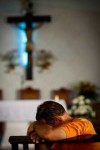 Many pray the way Jesus told us not to pray. We use plenty of words and make our practices indispensable. In the Beatitudes, Jesus said that the pure of heart will see God. We cloud the transparency of God’s goodness and truth when we clutter our prayer with too many beliefs and rituals. We distract and deceive ourselves with more form rather than substance. We focus on human tradition and ignore God’s spirit.
Many pray the way Jesus told us not to pray. We use plenty of words and make our practices indispensable. In the Beatitudes, Jesus said that the pure of heart will see God. We cloud the transparency of God’s goodness and truth when we clutter our prayer with too many beliefs and rituals. We distract and deceive ourselves with more form rather than substance. We focus on human tradition and ignore God’s spirit.